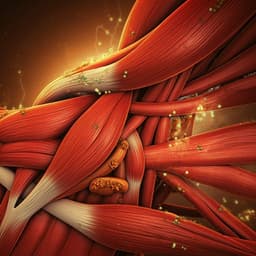
Medicine and Health
Downregulation of hepatic lncRNA Gm19619 improves gluconeogenesis and lipogenesis following vertical sleeve gastrectomy in mice
Z. Fang, M. Fan, et al.
Explore the groundbreaking study by Zhipeng Fang and colleagues that reveals the role of hepatic lncRNA Gm19619 in glucose and lipid metabolism. This research uncovers how Gm19619, repressed by vertical sleeve gastrectomy yet upregulated by obesity and fasting, influences gluconeogenesis and lipid accumulation in the liver.
Playback language: English
Related Publications
Explore these studies to deepen your understanding of the subject.







